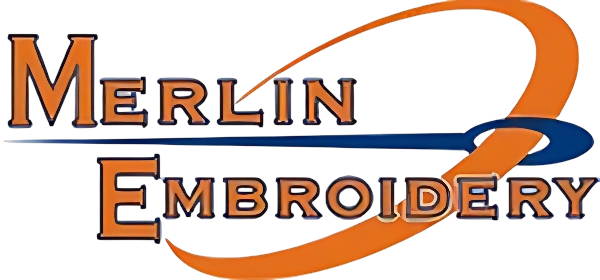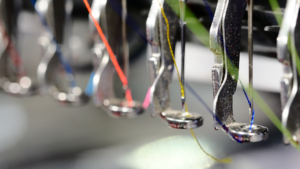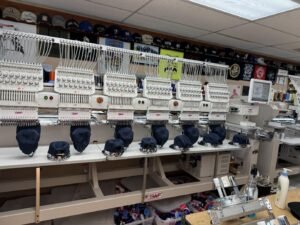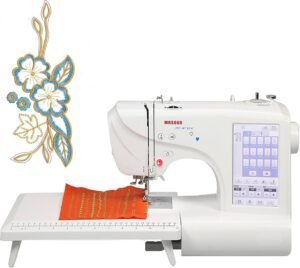Why Embroidery Is More Durable Than Other Customization Methods
Have you ever wondered why embroidery often stands the test of time while other customization methods seem to wear out? You might have seen an embroidered logo on a shirt that still looks fresh years down the line. That’s not a coincidence. Embroidery has qualities that make it exceptionally durable compared to other methods like screen printing, heat transfers, or vinyl.
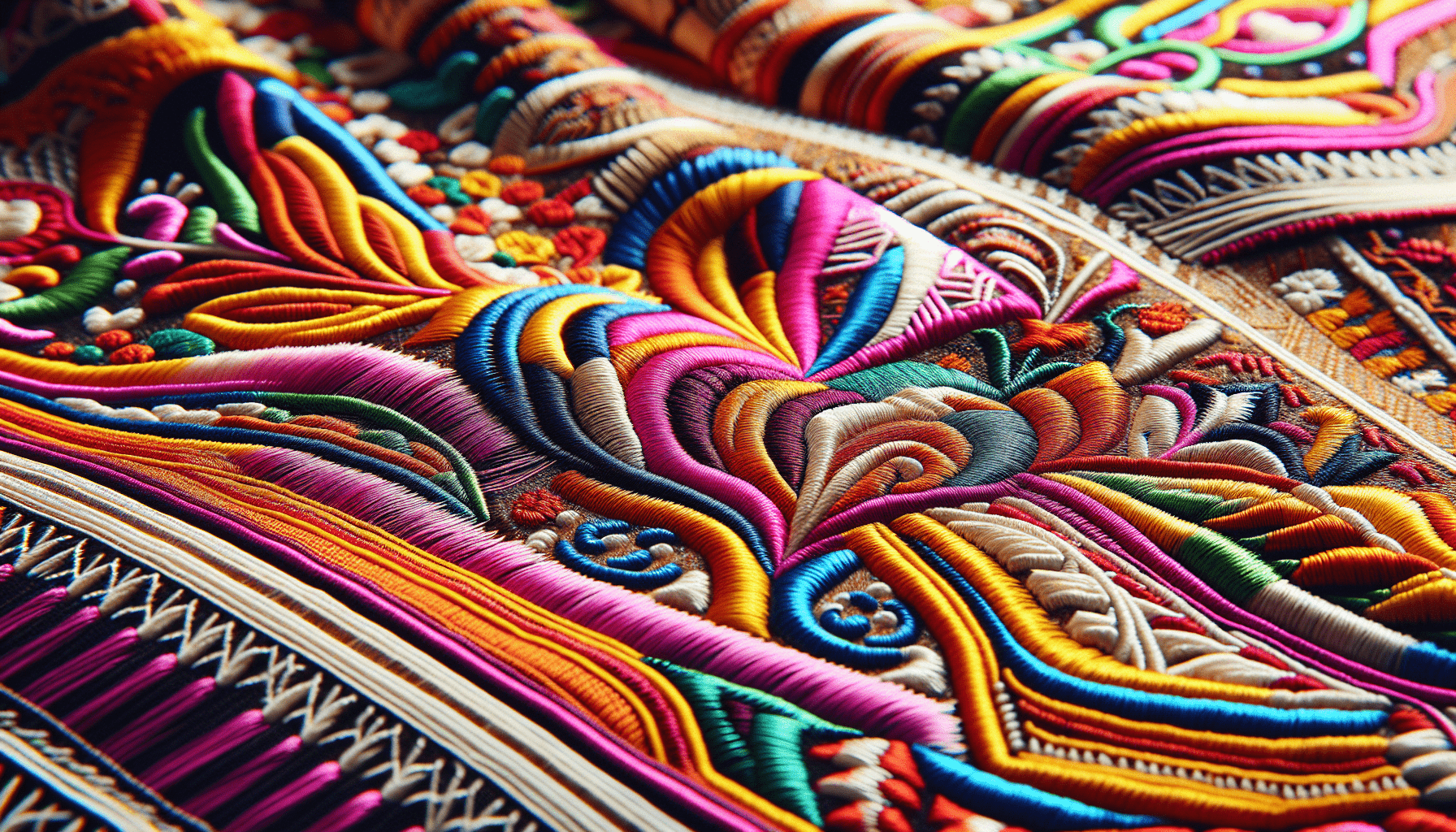
Understanding Embroidery
Embroidery is much more than just stitching; it’s an art form that has existed for thousands of years. Let’s break down the factors that contribute to its durability.
What is Embroidery?
Embroidery involves stitching thread into fabric to create a design, logo, or text. It’s not just limited to clothing but also extends to accessories like bags, hats, and even shoes. Unlike other methods that sit on top of the fabric, embroidery becomes part of the fabric itself.
Materials Used in Embroidery
Embroidery employs threads, often made of polyester or rayon, which are known for their strength and longevity. These threads don’t break down as easily when exposed to washing, sunlight, or wear and tear.
| Material | Typical Use | Durability |
|---|---|---|
| Polyester Thread | General embroidery | High |
| Rayon Thread | Detailed designs | Moderate |
The fabric used for embroidery also plays a role in its durability. Fabrics like cotton, denim, and twill offer a firm base for the stitches, ensuring they hold up over time.
Comparison with Other Customization Methods
Screen Printing
Screen printing involves pushing ink through a stencil to create a design. While great for bulk production, it has its limitations.
Pros and Cons of Screen Printing
| Pros | Cons |
|---|---|
| Cost-effective for large orders | Ink can crack over time |
| Vibrant colors | Less durable than embroidery |
Although screen printing offers vibrant colors, the ink may crack or peel off after multiple washes. This is particularly true for designs applied to flexible fabrics, which face more stress.
Heat Transfer
Heat transfer techniques use heat to bond a vinyl or digital print design onto the fabric.
Pros and Cons of Heat Transfer
| Pros | Cons |
|---|---|
| Good for complex designs | High chance of peeling |
| Works on various fabrics | Less breathable |
Vinyl heat transfers can peel away, especially when exposed to high heat during washing. Digital transfers can also fade over time, making them less suitable for long-term customization.
Direct-to-Garment Printing
Direct-to-garment (DTG) printing uses inkjet technology to print directly onto fabric.
Pros and Cons of DTG Printing
| Pros | Cons |
|---|---|
| Excellent for detailed prints | Ink may fade quickly |
| Minimal setup cost | Limited to certain fabric types |
While DTG provides high detail, the quality can deteriorate quickly. The ink doesn’t deeply penetrate the fabric, degrading after several washes.
Why Embroidery Stands Out
Stitch Quality
The quality of stitching in embroidery is a crucial factor for its durability. The stitches are typically dense and interwoven, making it difficult for them to come undone. This not only provides robustness but also keeps the design intact.
Thread Quality
As mentioned earlier, the threads used in embroidery are made to last. Polyester threads, for instance, are resistant to shrinking, stretching, and color fading.
Longevity
Embroidery can sustain heavy use. Whether you toss it in the washing machine multiple times or wear it under various weather conditions, the stitches are likely to hold up well. The colorfast nature of the threads ensures that the design doesn’t lose its vibrancy over time.
Applications of Embroidery
Corporate Apparel
For companies looking to create durable uniforms or promotional items, embroidery is often the go-to method. You don’t want your company logo looking worn out after just a few washes, which makes embroidery the top choice.
Sportswear
Sports uniforms require durability due to frequent washing and intense physical activity. Embroidery can endure these conditions, maintaining the integrity of team logos and player names.
Personal Items
Whether it’s a personalized towel, blanket, or a backpack, embroidered items tend to look newer for longer periods.
Special Occasions
Items customized for special events like weddings often use embroidery. This method ensures that mementos retain their quality, becoming cherished keepsakes.
Care and Maintenance
While embroidery is highly durable, some care practices can prolong its life even further. Here are tips to keep embroidered items in top shape:
Washing Instructions
Always use mild detergents and avoid chlorine bleach. Wash embroidered items on a gentle cycle to minimize stress on the stitches.
Drying
It’s best to air-dry embroidered items. If you must use a dryer, opt for a low-heat setting.
Ironing
When ironing embroidered fabric, place a cloth over the design to avoid direct contact with the iron. This protects the stitches from potential damage.
Comparing Costs
It’s worth noting that embroidery can be more expensive upfront compared to other methods due to the intricate work involved. However, its durability often translates into long-term cost savings. Consider how often you’d need to replace an embroidered item versus an item customized using a less durable method.
| Customization Method | Initial Cost | Long-Term Durability | Long-Term Cost Efficiency |
|---|---|---|---|
| Embroidery | High | High | High |
| Screen Printing | Low | Medium | Medium |
| Heat Transfer | Low | Low | Low |
| DTG Printing | Medium | Low | Low |
Conclusion
When it comes to durability, embroidery outdoes other customization methods by a long shot. Its high-quality threads, sturdy stitching, and ability to integrate with the fabric make it a superior option for long-lasting designs. Whether for corporate use, sportswear, or personal items, choosing embroidery ensures your customization endures. So next time you’re considering how to personalize an item, think about the long-term benefits of embroidery. You might spend a little more upfront, but the longevity and sustained quality make it a worthwhile investment.
Which customization method will you choose for your next project? Understanding the durability of embroidery could very well influence your decision. Don’t underestimate the power of a well-stitched design.
